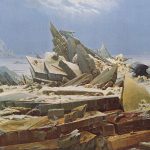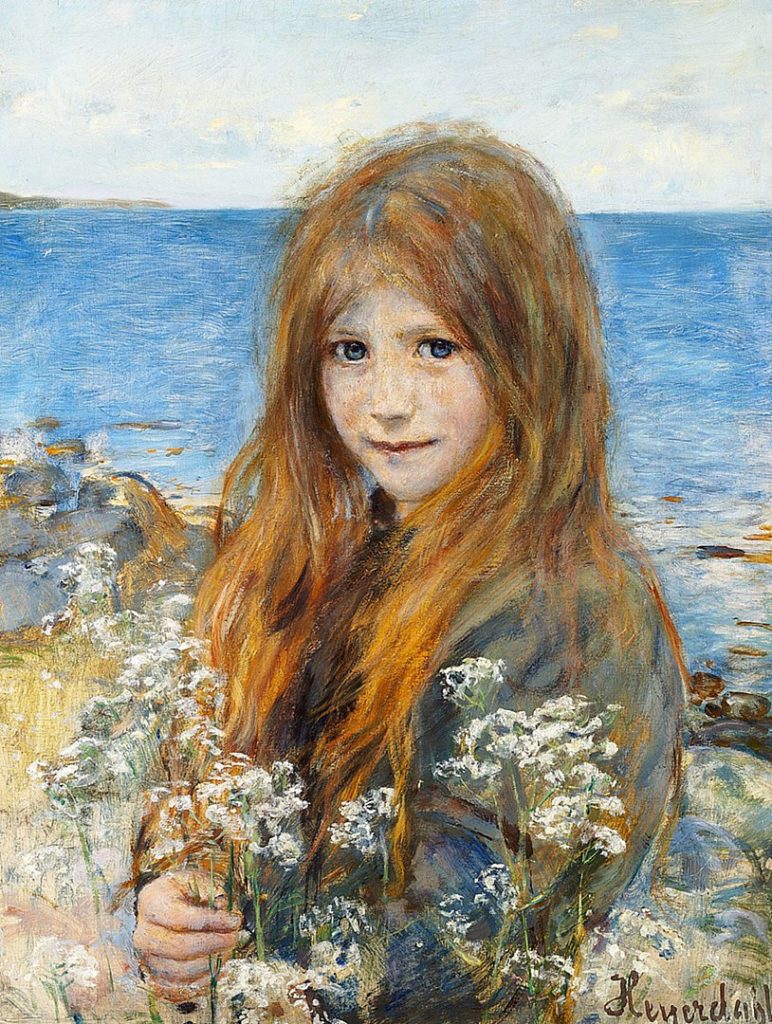
Hans Olaf Heyerdahl, born on May 31, 1857, in Larvik, Norway, emerged as a multifaceted figure in the late 19th and early 20th centuries, leaving an enduring mark as an explorer, painter, and cultural ambassador. Heyerdahl’s life unfolded against the backdrop of a rapidly changing world, marked by exploration, artistic innovation, and a growing interest in cultural exchange. His journey, both geographical and artistic, took him to the far reaches of the world and solidified his legacy as a pioneer in multiple fields.
Growing up in Norway, Heyerdahl exhibited an early interest in the natural world and the arts. His family, descended from a lineage of explorers and scholars, provided a supportive environment for his burgeoning talents. At the age of 17, Heyerdahl enrolled in the Royal School of Drawing in Oslo, embarking on a formal artistic education that would lay the groundwork for his later career.
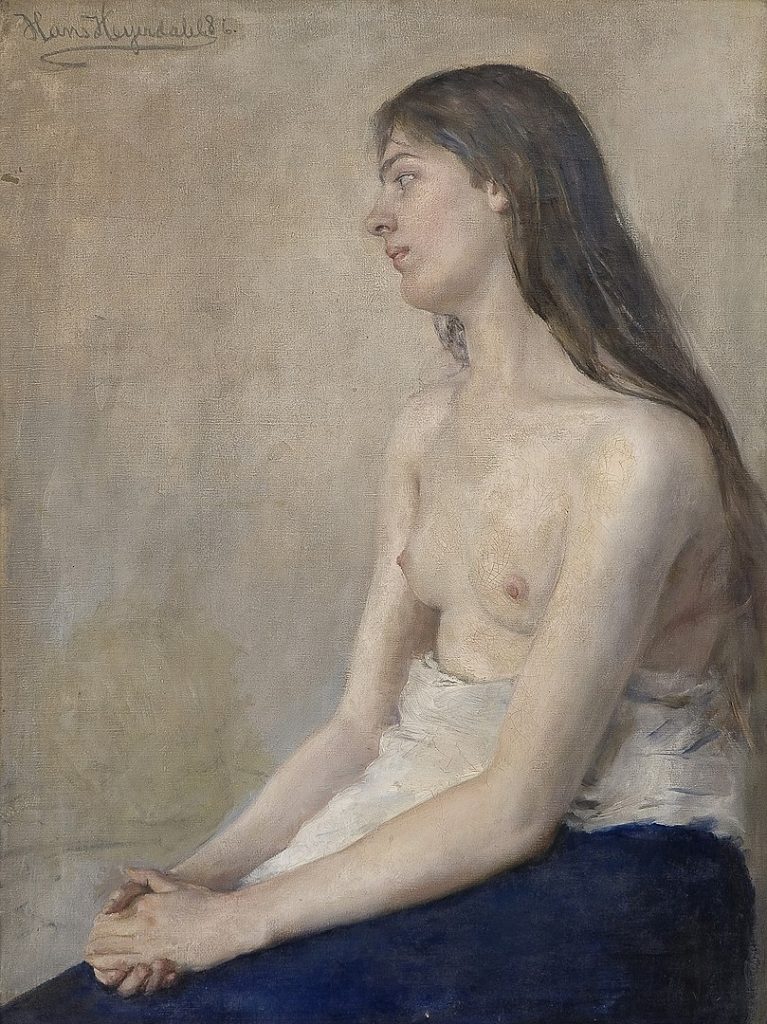
Heyerdahl’s artistic prowess became evident as he delved into various genres, from landscapes to portraits. His early works, such as “A Forest Pond” and “The Solitude of the Woods,” showcased a keen observation of nature and a nuanced approach to capturing the play of light. The Norwegian landscape, with its fjords and forests, served as a profound source of inspiration, influencing Heyerdahl’s artistic sensibilities.
In 1883, Heyerdahl embarked on a significant artistic journey, studying in Paris at the prestigious Académie Julian. The French capital was a melting pot of artistic movements, and Heyerdahl immersed himself in the vibrant cultural scene. Influenced by the emerging Impressionist movement, he experimented with color, light, and brushstroke techniques, bringing a fresh dynamism to his works.
Upon returning to Norway, Heyerdahl’s artistic style underwent a transformation, reflecting the synthesis of French influences with his innate connection to the Norwegian landscape. His paintings, including “Summer Evening by the Fjord” and “Moonlit Night in the Forest,” revealed a fusion of naturalism and impressionism, capturing the essence of Norway’s breathtaking scenery.
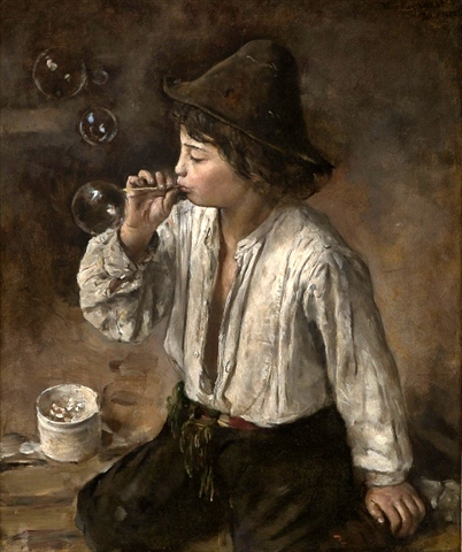
Heyerdahl’s artistic pursuits, however, were not confined to the studio. His insatiable curiosity and adventurous spirit led him to explore the Arctic regions. In 1886, he joined a scientific expedition to Svalbard, an archipelago in the Arctic Ocean. This marked the beginning of Heyerdahl’s dual identity as both artist and explorer, a synthesis that would define his later career.
The Arctic expeditions proved transformative for Heyerdahl, providing him with firsthand experiences of the stark beauty and challenges of the polar regions. His sketches and paintings from this period, such as “The Glacier of Ymer” and “Midnight Sun in the Arctic,” not only showcased his artistic skill but also served as invaluable documentation of the Arctic landscape and its indigenous peoples.
Heyerdahl’s exploration extended beyond the Arctic. In 1891, he traveled to the Caribbean, capturing the tropical landscapes and local life. The vibrancy of his paintings, such as “Market in Jamaica” and “African Women in the Sun,” reflected his ability to adapt his artistic vision to diverse environments.
Throughout his explorations, Heyerdahl maintained a delicate balance between the meticulous observation required for scientific documentation and the artistic expression that sought to convey the emotional and aesthetic dimensions of his experiences. His work exemplified a rare synergy between the disciplines of art and exploration.
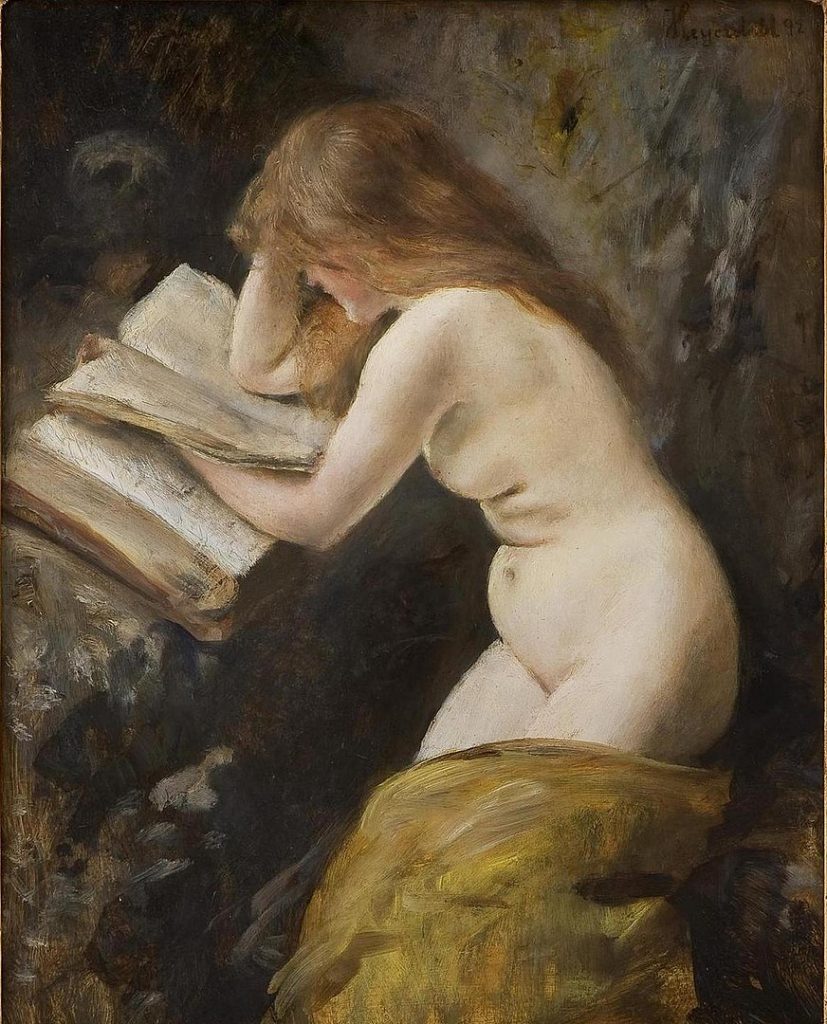
As the 19th century gave way to the 20th, Heyerdahl’s reputation as both an explorer and artist reached new heights. His paintings were exhibited internationally, earning critical acclaim for their technical skill and evocative power. The dual identity of artist-explorer brought him recognition not only in the art world but also among scientific circles.
In 1904, Heyerdahl took on a diplomatic role, becoming the Norwegian consul in the United States. This appointment marked a shift in his focus from exploration to cultural diplomacy. Heyerdahl leveraged his artistic and exploratory background to foster understanding and appreciation between Norway and the U.S., contributing to the cultural exchange between the two nations.
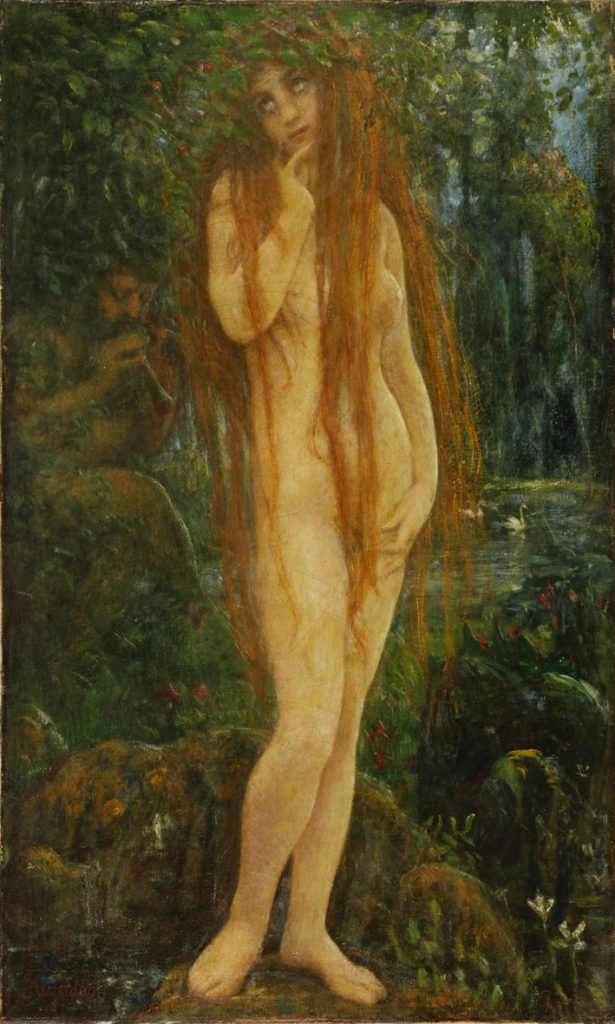
Tragically, Hans Heyerdahl’s life was cut short on October 4, 1913, at the age of 56. His untimely death marked the end of a remarkable journey that had seamlessly intertwined the realms of art, exploration, and diplomacy. Heyerdahl’s legacy endures through his paintings, which continue to captivate audiences with their blend of technical mastery and emotional depth.
Hans Heyerdahl’s life story remains a testament to the interconnectedness of creativity, curiosity, and courage. Whether wielding a paintbrush in the studio or navigating the uncharted territories of the Arctic, Heyerdahl exemplified the spirit of exploration in all its forms. His contributions to art and exploration not only enriched his native Norway but also left an indelible imprint on the global cultural landscape.


